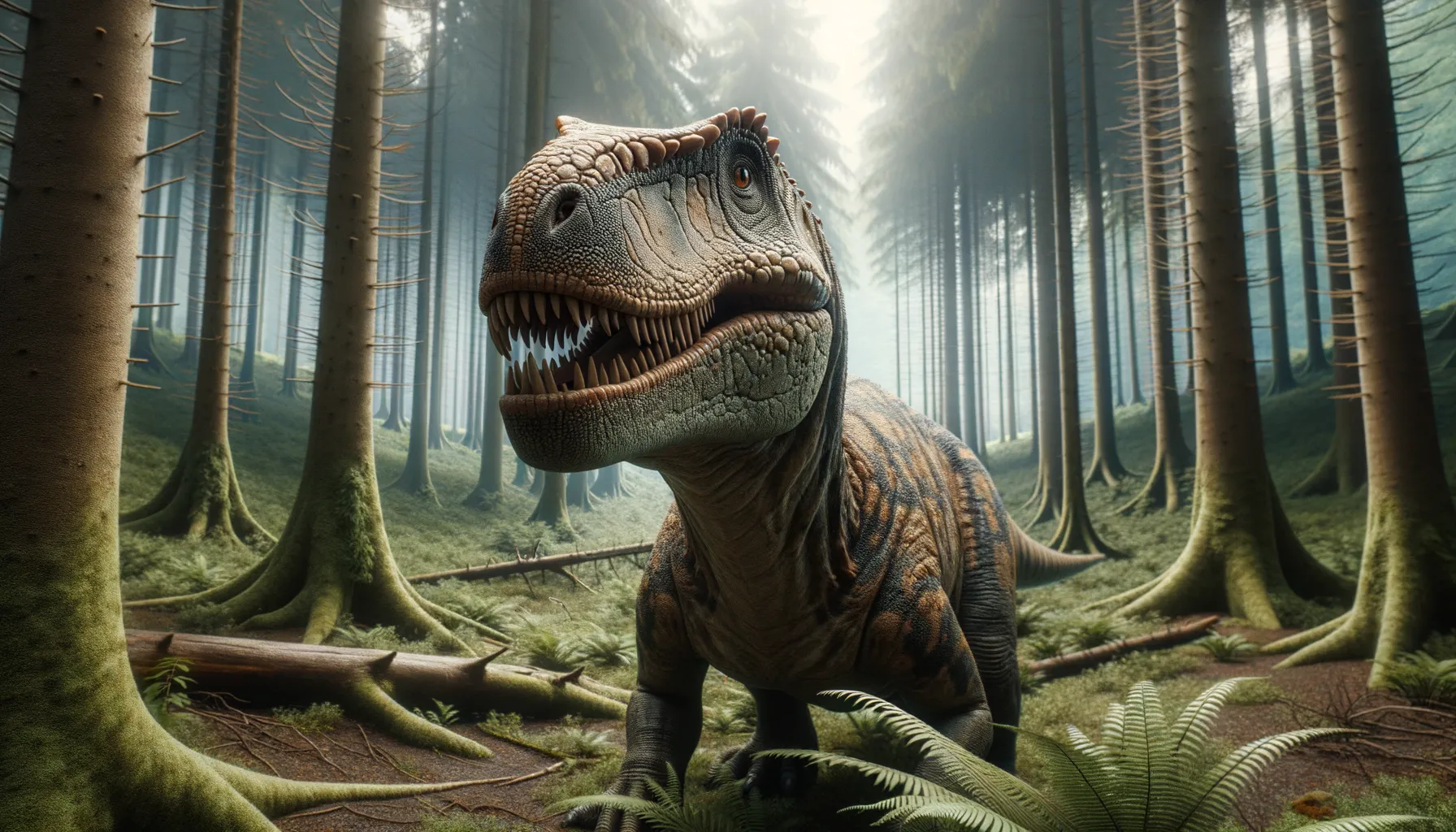
Mochlodon
Swift herbivore of ancient Europe.
Period
Cretaceous
Length
Around 2 to 3 meters long.
Height
Approximately 1 meter tall at the hips.
Weight
Between 70 to 150 kilograms.
Mochlodon was a small, agile herbivorous dinosaur that roamed the Cretaceous forests of Europe. It was a member of the Rhabdodontidae family, a group known for its distinctive tooth structure. Mochlodon’s fossil remains were initially discovered in the rich geological layers of Austria, revealing insights into the diverse dinosaur fauna of the region during the late Mesozoic era. Known for its speed and adaptability, Mochlodon thrived in a variety of environments, contributing significantly to our understanding of dinosaur evolution.
Diet
Mochlodon was a herbivore, feeding primarily on low-lying plants and ferns. Its specialized teeth were well-adapted for processing tough, fibrous vegetation, suggesting a diet rich in plants that dominated the Cretaceous landscape.
Hunting
Mochlodon did not engage in hunting behavior as it was not a carnivore. Instead, it likely spent its time foraging for edible plants, using its agility to avoid predators and navigate its environment swiftly.
Environmental challenges
Mochlodon faced environmental challenges typical of the late Cretaceous period, including fluctuating climates and competition for resources. Its habitat was filled with diverse plant life, but periodic changes in temperature and sea levels required adaptability. Competition from other herbivorous dinosaurs and predation by larger carnivores also posed significant threats, necessitating alertness and speed as survival strategies.
Speed
Relatively fast for its size, likely agile.
Lifespan
Lived for around 10 to 20 years.
First discovery
First discovered in Austria in the 19th century.
Fun Facts
- Mochlodon was a small herbivorous dinosaur that lived during the Late Cretaceous period, about 85 million years ago.
- It was part of the Rhabdodontidae family, which were small to medium-sized dinosaurs known for their strong jaws.
- The name 'Mochlodon' means 'barbed tooth,' reflecting its unique dental features that helped it chew tough plant material.
- Mochlodon fossils have primarily been discovered in Europe, specifically in Austria and Hungary.
- This dinosaur likely lived in a warm, lush environment filled with plenty of vegetation for browsing.
- Mochlodon walked on two legs and was relatively small, measuring around 2 to 3 meters in length.
- Despite its size, Mochlodon was well-adapted to its environment, thriving in conditions that supported rich plant life.
Growth and Development
From hatching, Mochlodon had to grow quickly to avoid predation, reaching maturity in a few short years. The growth rates suggest it experienced rapid bone development, enabling it to efficiently transition from youth to adulthood. As with many dinosaurs, its development was marked by a series of molts, shedding its skin as it grew.
Habitat
Mochlodon inhabited the lush, temperate forests of Europe during the Cretaceous, a time when much of this region was covered in rich, diverse ecosystems. These environments provided abundant food sources, such as ferns and conifers. The varied topography of its habitat, including rivers and floodplains, offered both challenges and opportunities for Mochlodon to adapt and thrive.
Interaction with other species
Mochlodon coexisted in a complex ecosystems with various dinosaur species, ranging from small herbivores to large predators. Its interactions were predominantly passive, focusing on foraging and avoiding larger carnivores. It likely traveled in small groups, which could have provided some protection from predators. These social structures perhaps offered advantages in areas with high vegetation density.
Natural lifespan
Mochlodon had an estimated natural lifespan of 10 to 20 years.
Reproduction
Mochlodon, like most dinosaurs, reproduced oviparously, laying eggs in nests constructed in secluded areas. Scientists speculate that parental care could have been minimal, similar to modern reptiles, relying on the environment to incubate their eggs. Clutch sizes may have varied, depending on environmental conditions and food availability.
Social behaviour
Mochlodon likely exhibited moderate social behavior, forming small herds or family groups for foraging. While not highly social, banding together might have offered protection from predators. They communicated through various means, possibly including vocalizations and physical gestures, typical of herbivorous dinosaurs relying on group alertness and cohesion.
Fossil locations
Fossil evidence of Mochlodon has primarily been found in Austria, where it was first discovered. Some fossils have also been unearthed in Hungary, signifying its wider presence in ancient Europe. These findings are invaluable for understanding the Cretaceous period ecosystems in this region, contributing significantly to paleontological research.
